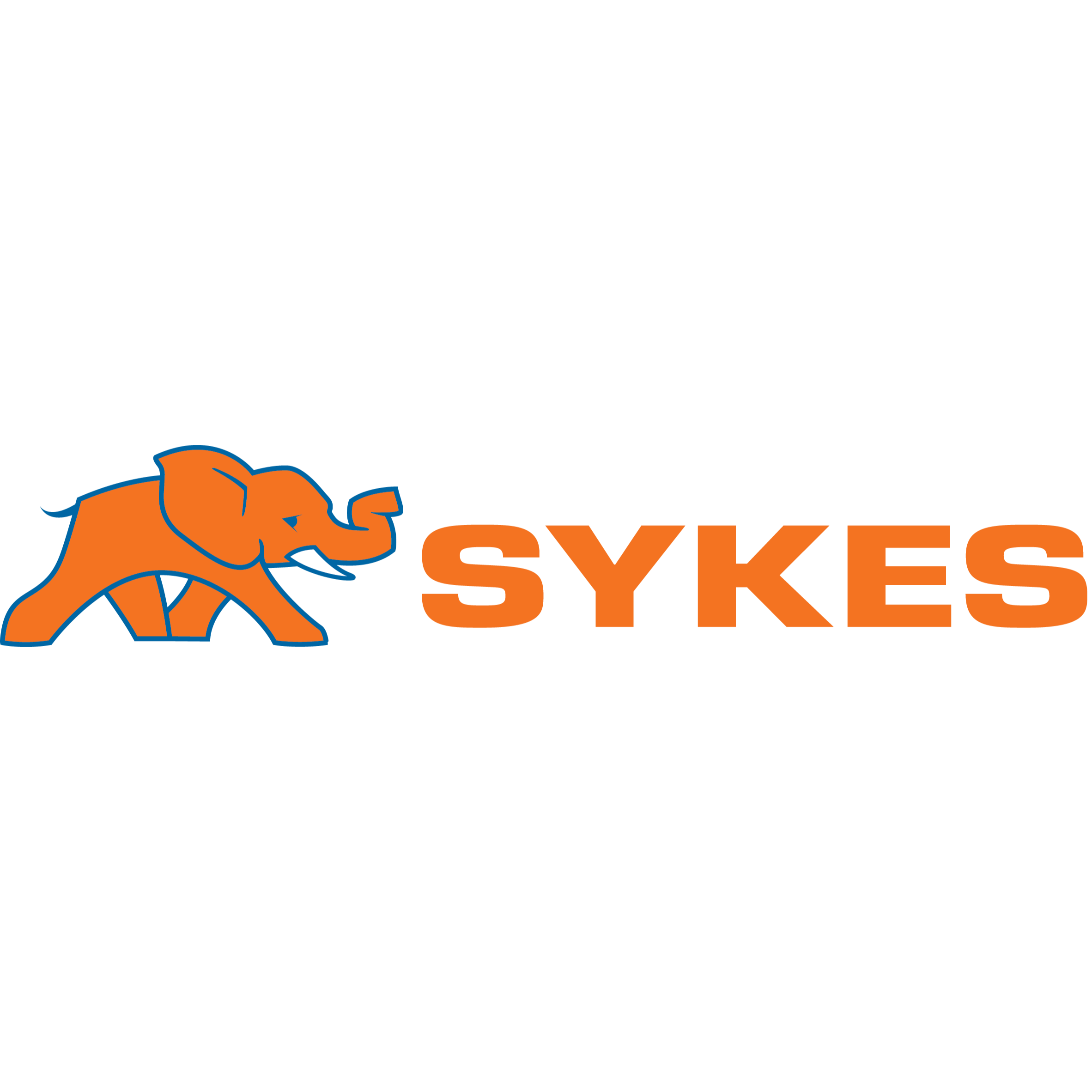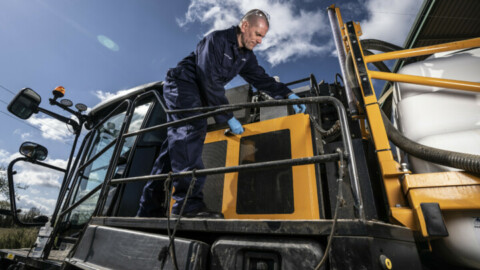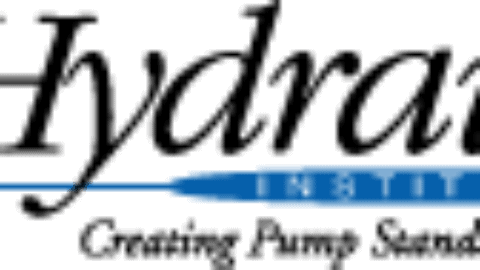By Ken Kugler, Executive Officer – Standards, Pump Industry Australia Inc.
*The article below is extracted and based on the Hydraulics Institute White Paper for Understanding the Effects of Selecting a Pump Performance Test Acceptance Grade.
The introduction of AS ISO9906:2018 has opened the Australian pump industry to a wider range of pump test acceptance tolerances. Whereas the previous pump test standard offered only three acceptance tolerances, this latest standard now allows for the client and the pump supplier to negotiate one of six different acceptance tolerances.
Unlike the previous edition of the standard which allowed for positive and negative tolerances on flow and head, known as bilateral tolerances, it also now provides acceptance grades with unilateral or positive only tolerances.
Table 1 below from HI, ANSI14.6 is essentially identical to AS ISO9906. The two international standards are harmonised and will provide the same pump test outcomes.

Simply, in the past, the AS test standard only offered the 1B, 2B and 3B acceptance grades, that is, pump tests with a negative and positive tolerance on the guaranteed flow and head.
Water suppliers and similar high energy consuming companies generally request pumps to be tested to the more accurate 1B while general and irrigation industries would request tests to Grade 2B. Pumps purchased “off the shelf” without a pump test would generally be guaranteed to perform within the tolerance bands of Grade 3.
One of the more common – and in fact a most important reason to have a manufacturer test a pump – is to have baseline data for diagnostic purposes in the future. For this reason alone almost any acceptance grade would suffice.
But there are many other reasons why a purchaser may request a pump test and feel the need to select a tighter tolerance. It is important for the client to have a full understanding of the acceptance grades and the implications that a tighter test tolerance may have on his application and on the pump cost and its delivery.
In many cases a tighter tolerance may adversely affect the delivery lead time and the cost of the testing. No doubt, many pump purchasers would see the new 1U, 2U unilateral tolerance, a positive tolerance only on the performance requirement as an additional guarantee on their systems operation.
As an example, the fire pump industry standard AS2941 (specifying fire pump requirements) has been requiring no negative tolerances on flow and head since 2013. Let’s look at a tested pump curve together with its Grade 2B tolerance band.
For example, if a pump was marketed for sale in an application where the acceptable performance Grade 2B is the market standard, shown in Figure 1 as the solid blue curve, will likely represent an average of the historical performance of similar units. The dashed curves above and below the blue curve characterise the pump’s performance that would meet the 2B criteria.

Figure 1.
A manufacturer generating a submittal/quotation curve for an application requiring a 1U tolerance pump, that is a positive only outcome for the flow and head, will likely make adjustment to that general market curve, initially intended to have a 2B tolerance. The orange dashed curve on Figure 2 below would bring the anticipated performance variation above a requested guarantee point.

Figure 2.
In the process of raising the tolerance band on basic hydraulic performance, the power required would potentially increase due to the increase in expected rate of flow and head to be within the tolerance band of the requested performance.
It will probably be necessary for the manufacturer to quote an increase in the pump power required to guarantee the performance, see Figure 3.

Figure 3.
Worst case, when allowing for a safety margin it may even mean that the maximum absorbed power would require the next size of electric motor to be supplied. The table of tolerance grades specifies the allowable tolerance that the manufacturer must comply with on his quoted values.
It is easy to perceive that a manufacturer guaranteeing a U tolerance would find it necessary to increase the guarantee value of the power absorbed to achieve the guaranteed flow and head. Specifying a manufacturer’s test without any clear specification may mean that only the flow and head are guaranteed.
It should not be taken as granted that the power or efficiency will be guaranteed. The standards, both ANSI and ISO, clearly indicate that these parameters are optional, and either power or efficiency will be guaranteed only when specified.
The most energy conscious tolerance is the 1E acceptance grade which will have its appeal to many users. Whilst the acceptable tolerances on the flow and head are the same as for 1U there is no negative tolerance allowable on efficiency.
As initially advised this brief article is extracted from the Hydraulics Institute White Paper for Understanding the Effects of Selecting a Pump Performance Test Acceptance Grade. The paper and a webinar are available online at no cost. Its 17 pages are much more explanatory on many other issues including crossing steep or shallow system curves, the interactions or trade-offs between each Acceptance Grade, the intended operating system, possible cost and delivery implications.
It is recommended that engineers specifying and requiring manufacturer tested pumps take the time to read and understand the benefits and possible implications of nominating a particular Acceptance Grade. The White Paper may be found on the Pump Industry Australia website: https://pumps.org.au/product-category/publications/




















